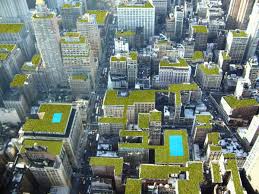
Scientists at a NASA conference were discussing the possibilities of making the planet Mars a place where humans can live. Although greenhouse gases are bad for the Earth's atmosphere, on Mars, these gases could provide a pretty good place for humans to live. The average temperature on Mars is -55°C, which is extremely cold. In order for people to be able to live on Mars, scientists believe that if they bring the greenhouse gases to Mars, it could evaporate all of the carbon dioxide. This will allow the greenhouse gases to keep the planet warm enough for people to live on, but not very comfortable. Another type of gases that scientists are considering to use on Mars is perfluorocarbons, super-greenhouse gases that provide a lot of warmth, do not affect living organisms in a bad way, and last an extremely long time, which will act as a positive towards making Mars a more suitable place to live. Chlorofluorocarbons are a type of chemical that provides protection towards a planets ozone layer and against ultraviolet rays. This chemical will help build an ozone layer on Mars which will absorb the sun's solar energy and release it into the atmosphere. Scientists have calculated that it will take several centuries in order for the temperature of Mars to rise up to 6 to 8 degrees Celsius.

This article relates to what we are learning because it has to do with thermal energy and Earth and Space Science. When the gases are released onto Mars, the greenhouse gases will trap the thermal energy that radiates from the surface causing the temperature to rise. I found this article interesting because of the fact that scientists are trying to find a way so that people can actually work and live on the planet Mars. Even though it will take an enormous amount of time, and a lot of processes and plans, I believe this idea will come true due to our scientists and technological advances.
http://www.firstscience.com/home/articles/earth/terraforming-mars_1270.html
An artist's concept of a greenhouse on Mars












